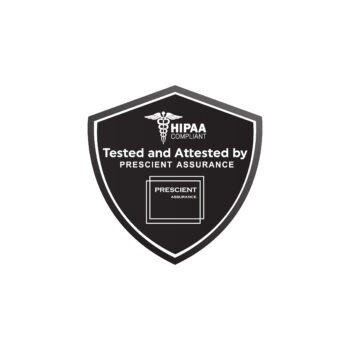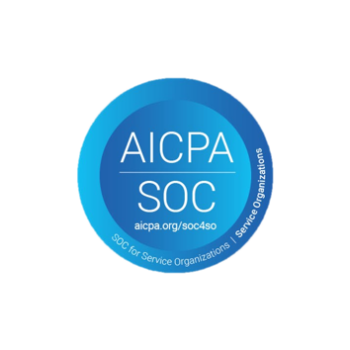
Agentic AI can significantly streamline the processes of prior authorizations and claims for healthcare providers by automating and optimizing various tasks. Here are some keyways it can be utilized:
Prior Authorizations
Automating Routine Tasks: Agentic AI can handle repetitive tasks such as verifying patient eligibility, cross-referencing medical guidelines, and submitting authorization requests 1. This reduces the administrative burden on healthcare staff and speeds up the authorization process.
Improving Accuracy: By analyzing historical data and learning from past denials, AI systems can flag potential issues before they arise, ensuring that requests are complete and more likely to be approved on the first attempt 1.
Enhancing Decision-Making: AI can provide insights and recommendations based on large datasets, helping healthcare providers make more informed decisions about patient care and treatment plans 1.
Claims Management
Validating and Correcting Coding: AI agents can automatically validate and correct coding errors in claims, ensuring that they meet the necessary standards for successful adjudication 2.
Predicting Claim Outcomes: By evaluating whether a claim will adjudicate successfully, AI can help providers anticipate and address potential issues before submission 2.
Data Gathering: AI can efficiently gather and organize data required for claims and prior authorization requests, reducing the time and effort needed from healthcare staff 3.
Real-World Examples
VoiceCare AI: This startup has launched an AI platform to automate back-office conversations between providers and payers, easing administrative burdens and improving operational efficiency 3.
Blue Cross Blue Shield: They use AI to reduce unnecessary denials by leveraging predictive analytics and machine learning to identify and correct issues in prior authorization requests before submission 1.
By integrating agentic AI into these processes, healthcare providers can focus more on patient care and less on administrative tasks, ultimately improving both efficiency and patient outcomes.
References:




